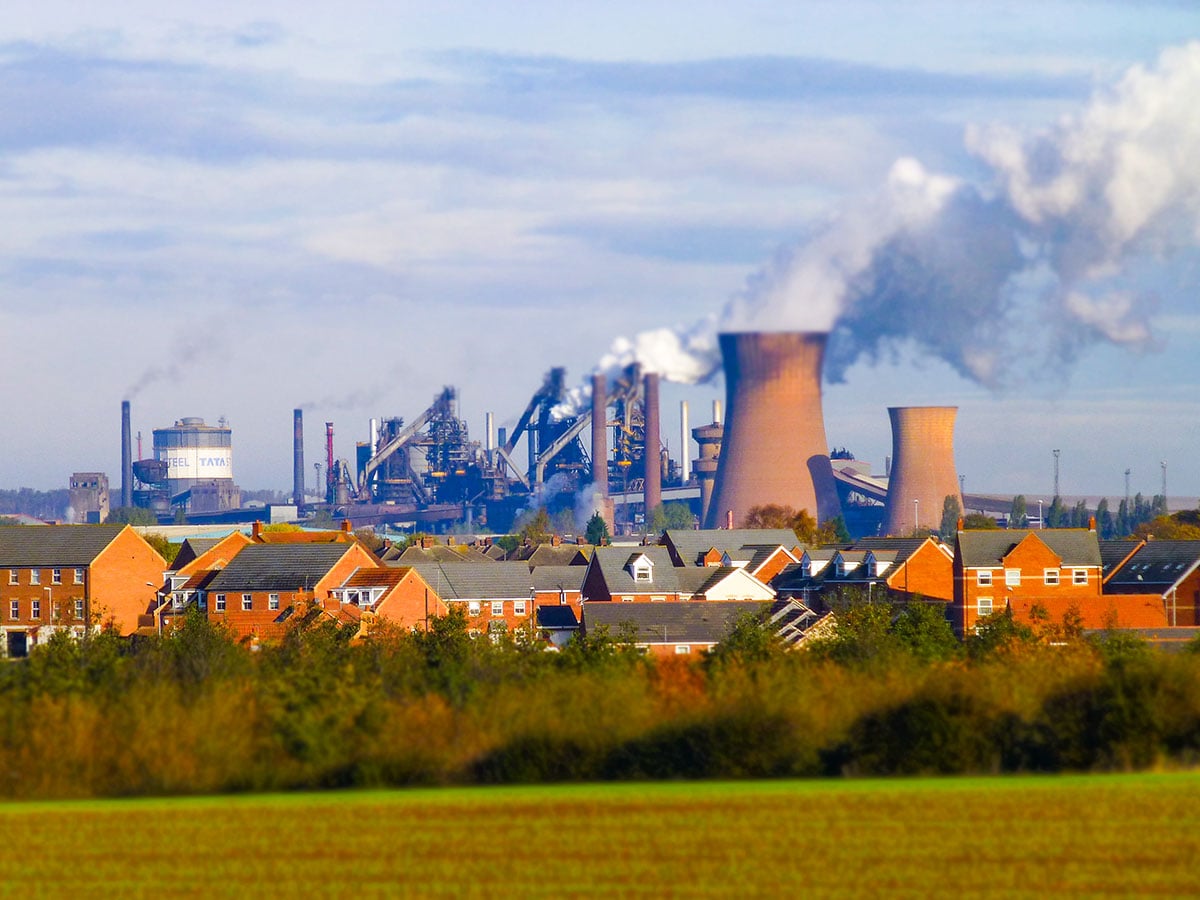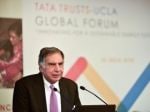Land Rover to Tetley to Corus—How Ratan Tata took the group international
Ratan Tata was a big believer in Indian businesses setting up shop overseas. And post 2000, Tata Group companies made a series of acquisitions abroad
 A view of the Tata Steelworks in Scunthorpe, UK. The largest steel making plant in the UK and apparently the largest industrial site in the UK too. Once called British Steel, then Corus and now part of the Tata brand.
Image: Paul Simpson/Getty Images
A view of the Tata Steelworks in Scunthorpe, UK. The largest steel making plant in the UK and apparently the largest industrial site in the UK too. Once called British Steel, then Corus and now part of the Tata brand.
Image: Paul Simpson/Getty Images
Till the turn of the century, or 132 years after its founding, the Tata Group had remained largely India-focused. With its vast opportunities the country had allowed the group to become a conglomerate with a wide swath of operations—from airlines to steel and chemicals to hotels.
But unbeknownst to most outsiders Ratan Tata, chairman of Tata Sons since 1991, harboured ambitions in the overseas markets. As one group veteran recalled many years earlier, “He had seen TCS and Infosys compete abroad and saw no reason why other companies could not.”



















